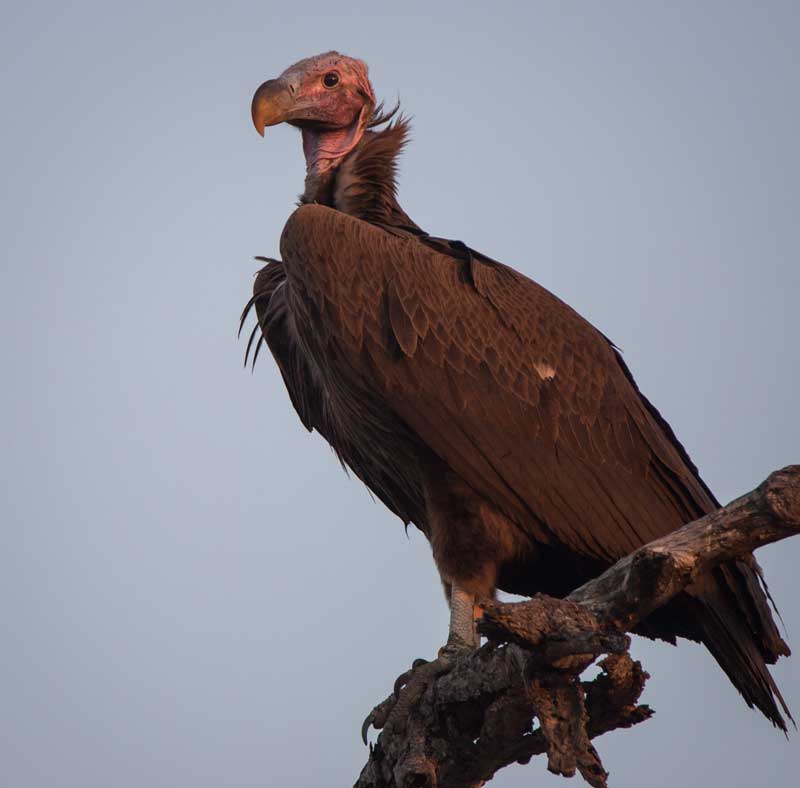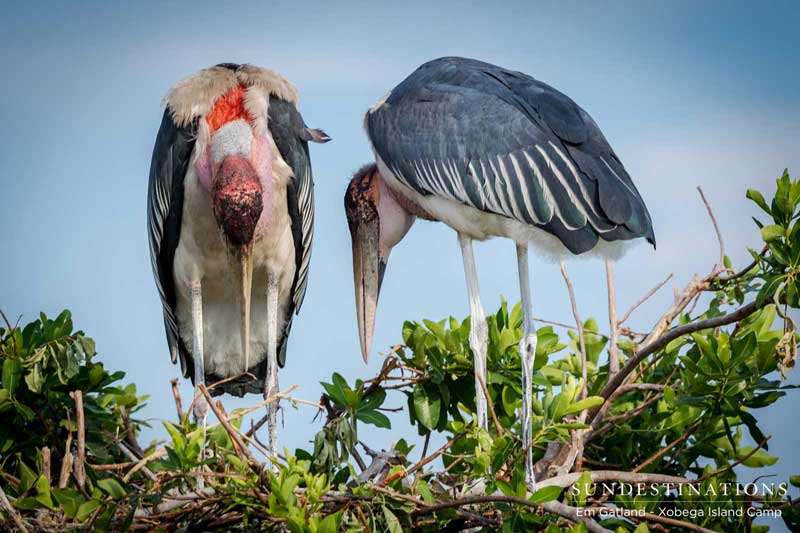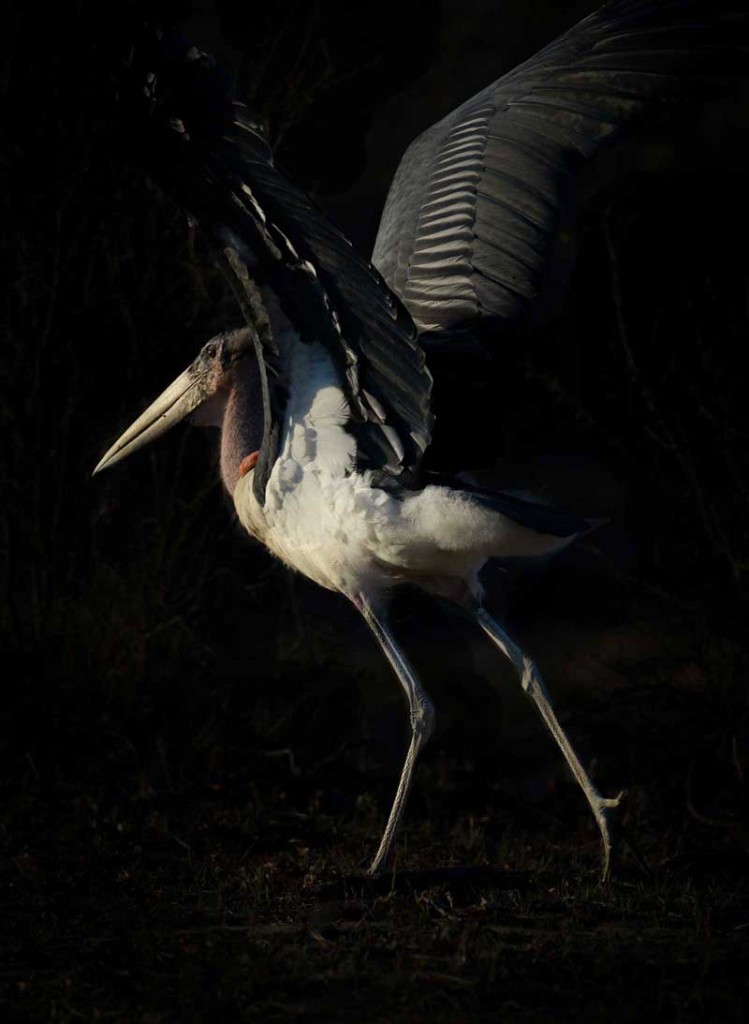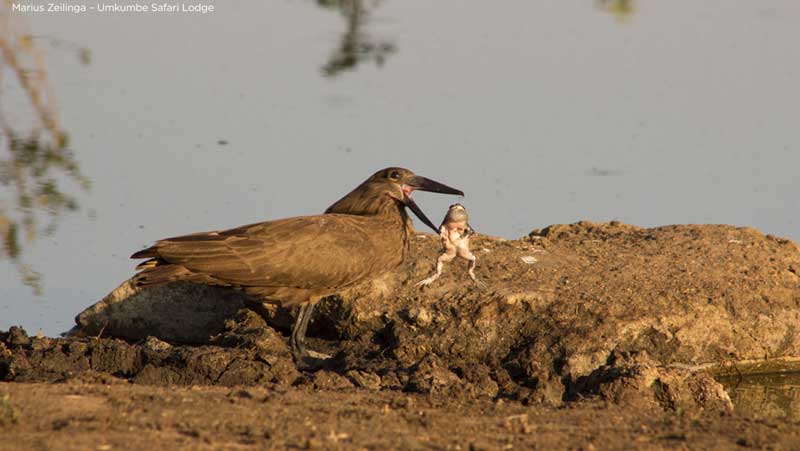Human beings are naturally drawn to beauty and the aesthetic side of life. Beauty is believed to be derived from symmetry, which goes hand-in-hand with a human’s innate desire for balance. Beauty is not necessarily universal, but the idea of beauty is most certainly based on form, structure and colours. While beauty is most certainly in the eye of the beholder, the majority of eager safari-goers tend to have one thing in common – they adore the brightly coloured passerines and perfect looking powerful raptors! But, did you know? Many of the “pretty” birds don’t perform as much of a useful function in the wild as the more unfortunate looking birds of the safari world!
Our top 3 unfortunate looking birds to spot while on safari happen to have the ideal body types for the functions they perform in the bushveld.
Personally, I love spotting these birds. If not for their queer and unusual ways, then for the vital part they play in the eco-system of their delicate surrounds. On scale of 1 – 10, with 10 being the most unfortunate looking, here’s how we rate the birds!
Marabou Stork : 10/10
It goes without saying that the marabou stork wins no beauty contestant awards. However, their body is adapted to their way of life. These grim reaper looking birds of prey are often confused with vultures because they are similarly odd looking and often found hovering around carcasses. While also scavengers, they only other similarities they have with vultures, is their cloak-and-dagger, undertaker appearance.
These large wading birds thrive in both wet and arid conditions; and can often be found at landfill sites. Their head and neck are completely bare, which helps while tucking into a bloodied carcass – the fleshy bits don’t get stuck and matted into any hair! And are they fussy scavengers? No they’re not. They will literally eat carrion, scraps, animal matter, faeces and anything it can fit down its gullet! They often scavenge from vulture’s and hyena leftovers, and have been known to dine with them at the site of a carcass.
From metal to termites and meat, the marabou stork is the hoover of both the urban and safari world!
Lappet-faced Vulture : 9/10
There are numerous species of vulture occurring in abundance throughout southern Africa. When you’re present at a predator kill and the vultures arrive, you’ll notice many different species descending upon a kill. Interestingly enough, each vulture species has a different role to play when it comes to taking apart a carcass. There are those with razor-sharp beaks that can crack open skulls and others that prefer to slice through tough skin.
The lappet-faced vulture is an old world vulture that has highly attuned sight, yet weak olfactory senses. They wait in the background, observing the whereabouts of other vultures so that they can follow suit. Their counterparts have a huge amount of respect for these vultures due to their size, power and aggressive tactics. The lappet-faced has a beak that is more than adequately equipped to rip through skin and hide. When they approach an abandoned carcass, the smaller vultures tend to step aside for these unique looking raptors.
These domineering vultures have a huge part to play in the ecology of an area. Together with hyenas and other vultures, they form part of the formidable “clean-up crew” of the wild. By devouring a carcass it rids the immediate area of the possible threat of disease and cleans the area of decaying flesh.
Hamerkop : 5/10
The Hamerkop’s name certainly sums up how it looks. Directly translated, Hamerkop means “hammer head”. The top of the Hamerkop’s head is shaped like the top end of a hammer, giving it a rather curious looking body.
This chocolate brown colour bird hardly has any striking colours and is, in fact, quite a dull looking bird. It dwells close to the water’s edge and prefers a diet of tadpoles, amphibians and fish. A hamerkop’s size and structure is similar to that of the heron, which would make sense given that it is a wader. You might notice the hamerkop doing a to-and-fro dance in the muddy shallows of a waterhole – this is how they the disturb the otherwise still waters to unearth potential prey.
In African folklore, the hamerkop is perceived as being an omen of bad luck. If the bird takes flight over your home, bad luck will come to you and your family!





